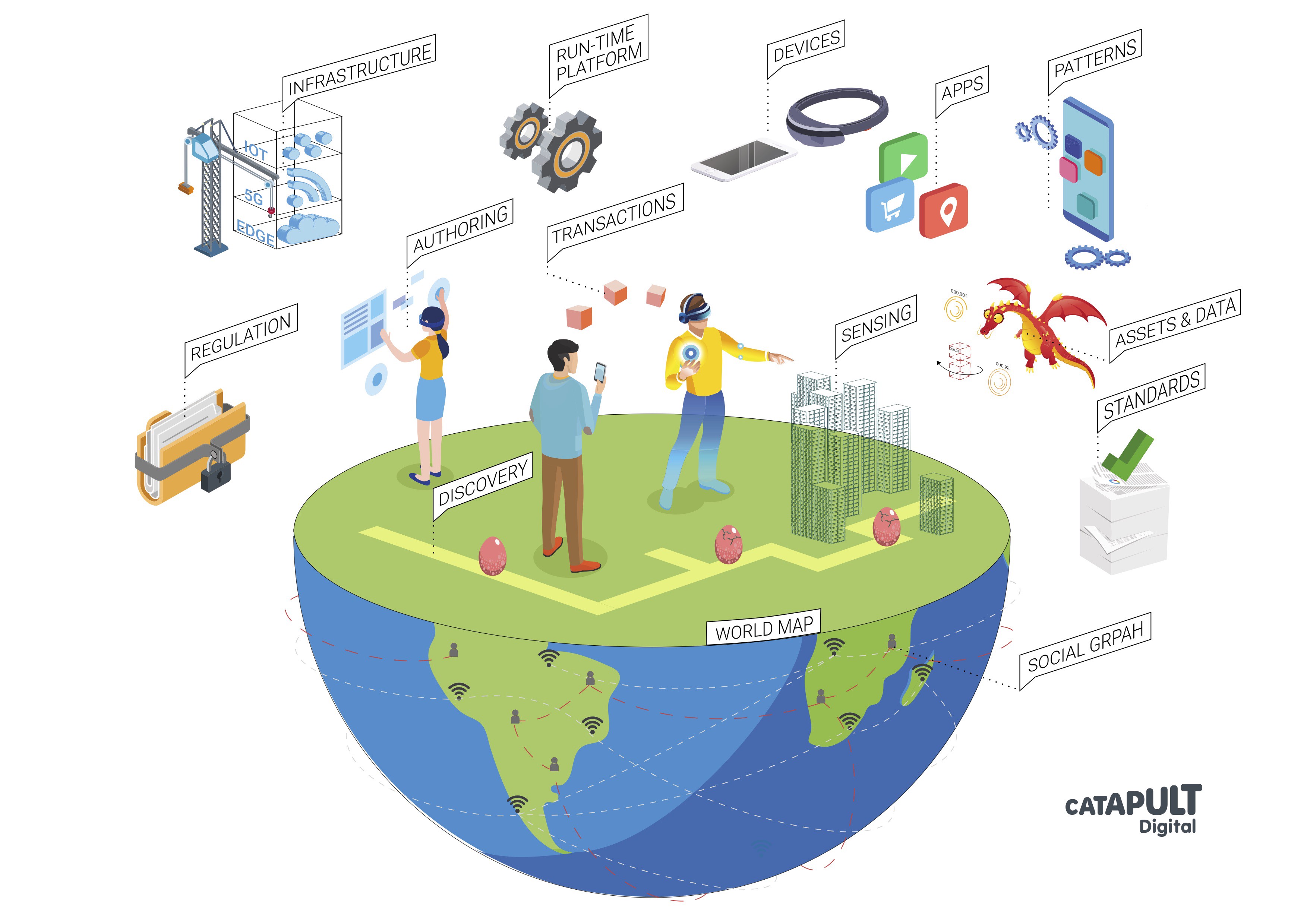What is the Spatial Web?
Until now, the Web has always been accessed through screens (desktops, laptops, and mobile devices).
Web 1.0 was the first generation of the Web consisting of simple static sites and search engines which gave rise to AOL, Yahoo, GeoCities, and Google.
Web 2.0 was the introduction of the mobile web with the convergence of smart phones, cloud, and user generated content which gave rise to Twitter, Facebook, Instagram, and SnapChat.
Web 3.0 (also known as the Spatial Web or the real world web or the metaverse) is just getting started. The Spatial Web is bringing Web content, spatial apps, and user interaction into the physical world around us via AR (augmented reality) using mobile devices and glasses such as Hololens, Magic Leap, and Nreal as well as via VR (virtual reality) devices such as Oculus and Vive.
Meet XRPANET
Just like ARPANET became the first Internet, XRPANET will become the world's first XR Spatial Web.
Our XR Cloud and XR Browser allow users to permanently "attach" digital content and spatial apps to physical addresses or lat/long coordinates and interact with them on any device (AR & VR). Our AR Browser includes mapping, spatial messaging, RTC, and co-presence while our VR Browser lets users teleport or holoport to any address and interact with digital content, spatial apps, and users in the physical world. In addition, our spatial messaging / MMO platform is built on MQTT (an IoT protocol), allowing billions of humans, robots, IoT devices, and digital content and spatial apps to communicate with one another and share presence and location within a given vicinity.
 Illustration from AR Insider
Illustration from AR Insider